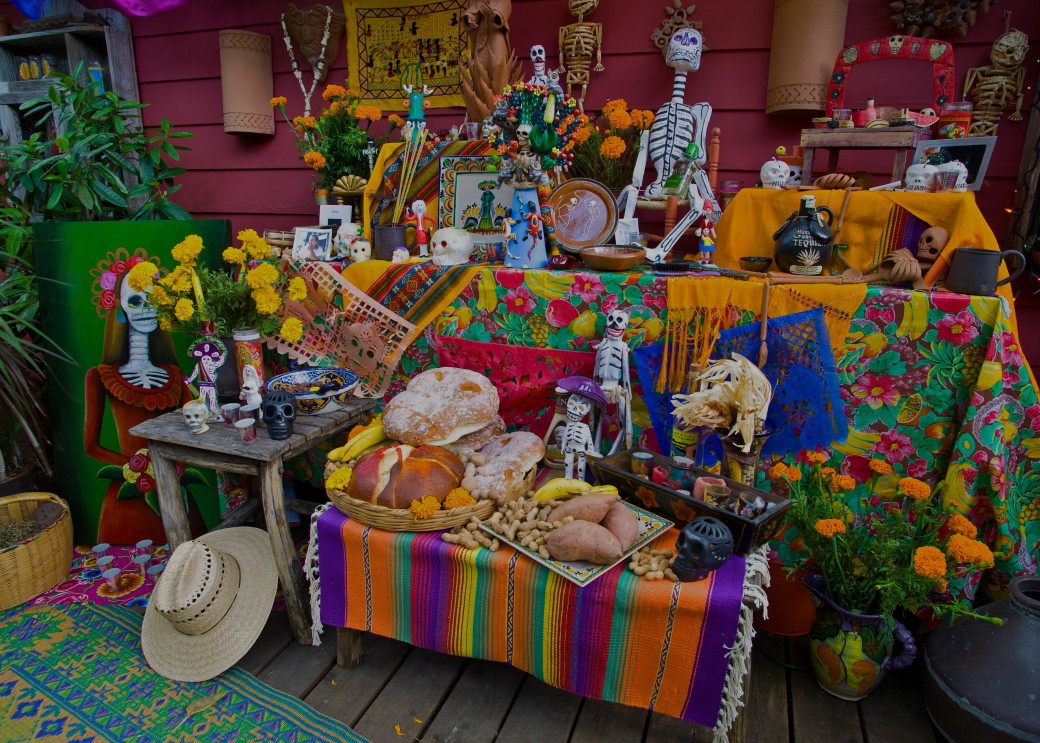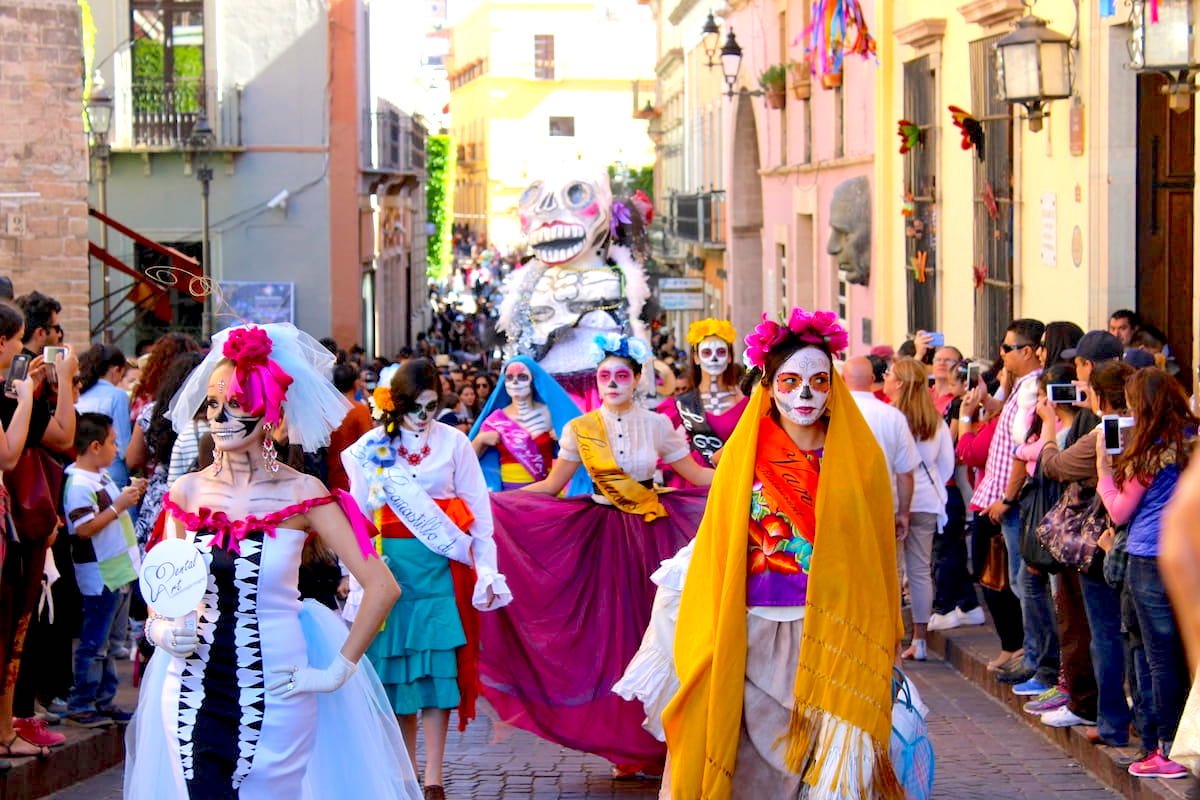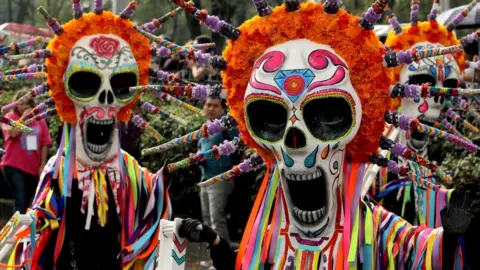Día de los Muertos: Origins & Celebration
What is Day of the Dead?
Día de los Muertos (Day of the Dead) is a festive Mexican holiday honouring deceased loved ones. Rather than a somber mourning, it’s a celebration of life, memory, and continuity. Celebrated every year on November 1 and 2, the first day is mostly dedicated to children and young souls (sometimes called Día de los Inocentes or Día de los Angelitos), while November 2 is for adults.

Origins and Roots
-
The holiday has deep roots in pre-Hispanic Indigenous customs, especially among the Aztec / Nahua peoples, who held festivals to honour the dead, such as the celebration of the goddess Mictecacihuatl, “Lady of the Dead.”

-
When the Spanish colonisers arrived and brought Catholicism, these traditions blended with All Saints’ Day / All Souls’ Day rituals. The result is a syncretic holiday that mixes Indigenous belief, Christian ritual, and regional culture.
-
Key symbolic elements emerged: ofrendas (altars), marigold flowers (cempasúchil), candlelight, sugar skulls, food offerings, visits to cemeteries. These serve to call the spirits back, remember them, and honour their memory with things they loved in life.

How & Where It’s Celebrated
In Mexico - This is where the Day of the Dead is most rooted and spectacular
-
Oaxaca is one of the most vibrant places: altars, parades, art installations, candlelit cemeteries, often huge public displays.
-
Mexico City has major parades, especially after the James Bond Spectre movie inspired a big parade there, and now annual festivities near the Centro Histórico and Paseo de la Reforma.
-
Coastal and touristic regions like Cancún, Cozumel, Riviera Maya also hold multi-day festivals with art, performances, food, combining beach atmospheres with traditional culture.
-
Other regions have variations: e.g. Xantolo in the Huasteca region (San Luis Potosí, Veracruz, etc.), which includes unique masks, dances, celebrations.



Día de los Muertos isn’t just about death—it’s about memory, respect, love, art, and community. It’s alive (figuratively and literally) in Mexico’s towns, cities, villages; in diaspora communities; and increasingly in global culture. For those who want to witness it in its full force: Oaxaca and Mexico City are musts. But even in cities far from Mexico, vibrant, respectful celebrations are growing every year.






